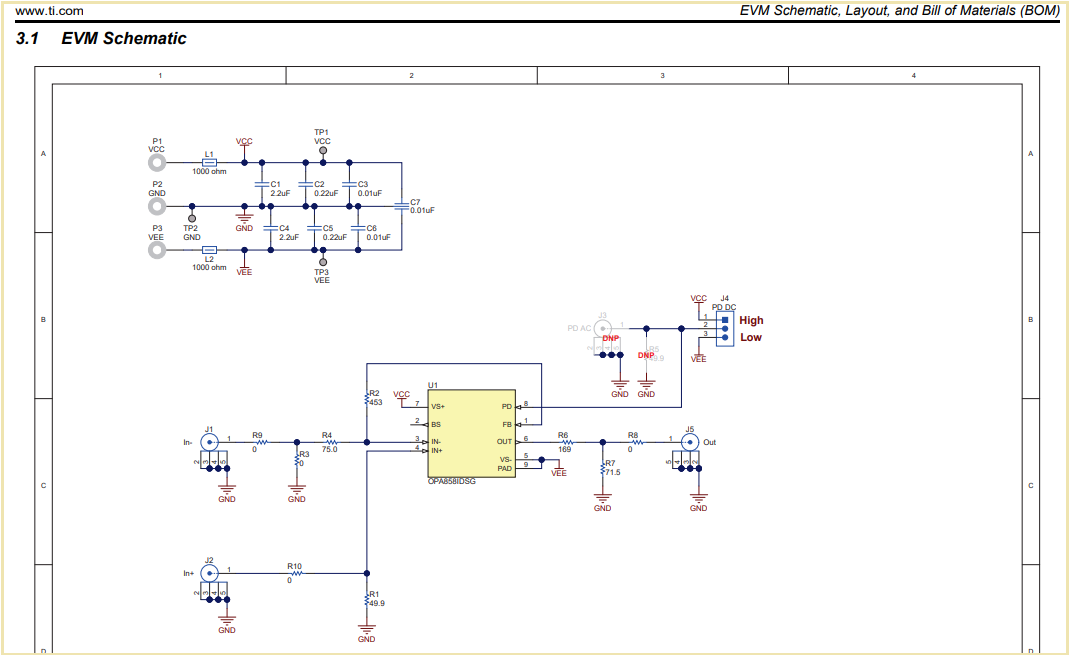In the support response titled "OPA858: Ac coupled OPA858 non-inverting amplifier shows instable behavior", there is a recommendation to add a 20 ohm resistor to the +V power supply pin. Our design has bipolar power supplies with a -V and a +V power plane. We are adding 20 ohm resistors on both the +V and -V supply inputs. Should the Thermal Pad be connected to the -V plane or the -V pin? There question arises because of the 20 ohm resistor between the two.
Thank you for the help!



